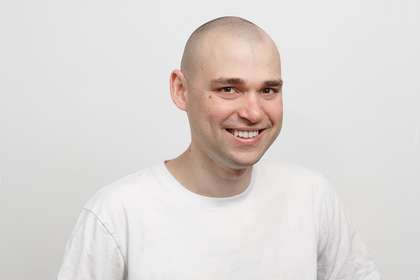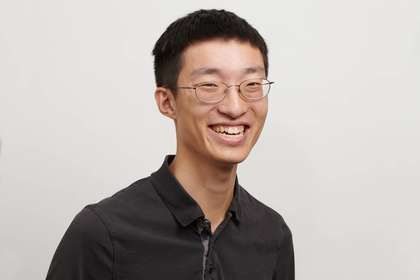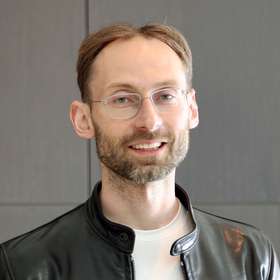We apply 3D generative algorithms to design medicines to accomplish objectives that were previously impossible
Precision medicines match the shape of the disease target precisely as the key matches the lock. Efficiently navigating the space of “keys” is an open research problem as there are more drug-like proteins than atoms in the universe.
Despite G protein-coupled receptors (GPCRs) and Ion Channels making up over half of all targets, only two protein therapeutics have reached the market. The target region on the surface of these targets is tiny, while different targets are highly similar to each other — making potent and specific binders incredibly hard to find.
We developed FoldFlow, a series of novel generative models specifically equipped to reason about 3D structural space by designing and testing medicines in biological experiments. This results in smart drugs that act as a conformational switch for targets on the cell surface thus reprogramming living cells.
Co-founded by Michael Bronstein, a pioneer of geometric deep learning, a DeepMind professor at the University of Oxford, along with experts in generative models: Maks, Alex, Chenghao, and Jarrid. DreamFold is a spin out from the lab of professor Yoshua Bengio, a Turing award winner.
Our team is experienced in developing generative algorithms and has contributed influential papers in both generative flow networks and conditional flow matching. We also recently released FoldFlow — a series of generative algorithms that extend the flow-matching paradigm to SE(3) equivariant motions.
We actively partner with labs utilizing techniques in synthetic biology to design and profile millions of completely new proteins. From this data, we learn structural insights to help further new generations of models.
We work closely with AnyScale, Nvidia, AWS, and Google to run our computation across 1000 GPUs.
Countless lab Scientists' time and efforts are spent on molecules that will eventually fail in the later stages of development. Our approach is in combining machine learning algorithms with a feedback loop from several scalable representative biological assays to learn patterns in the data. Thus derisking the drug discovery process and empowering scientists to make informed decisions. We are building toward a comprehensive process that combines simple binding assays, functional cell assays, and single-cell patient-derived samples to account for tumor and patient heterogeneity, and finally, precisely select which group of patients should be included in the trial based on molecular data like binding and microfluidics.







